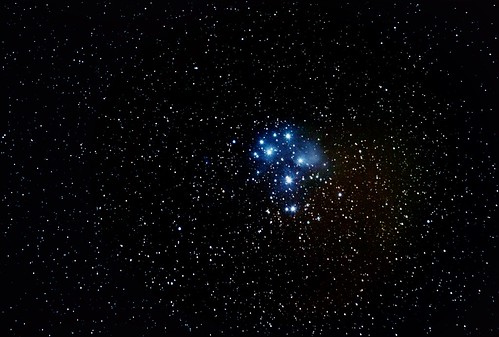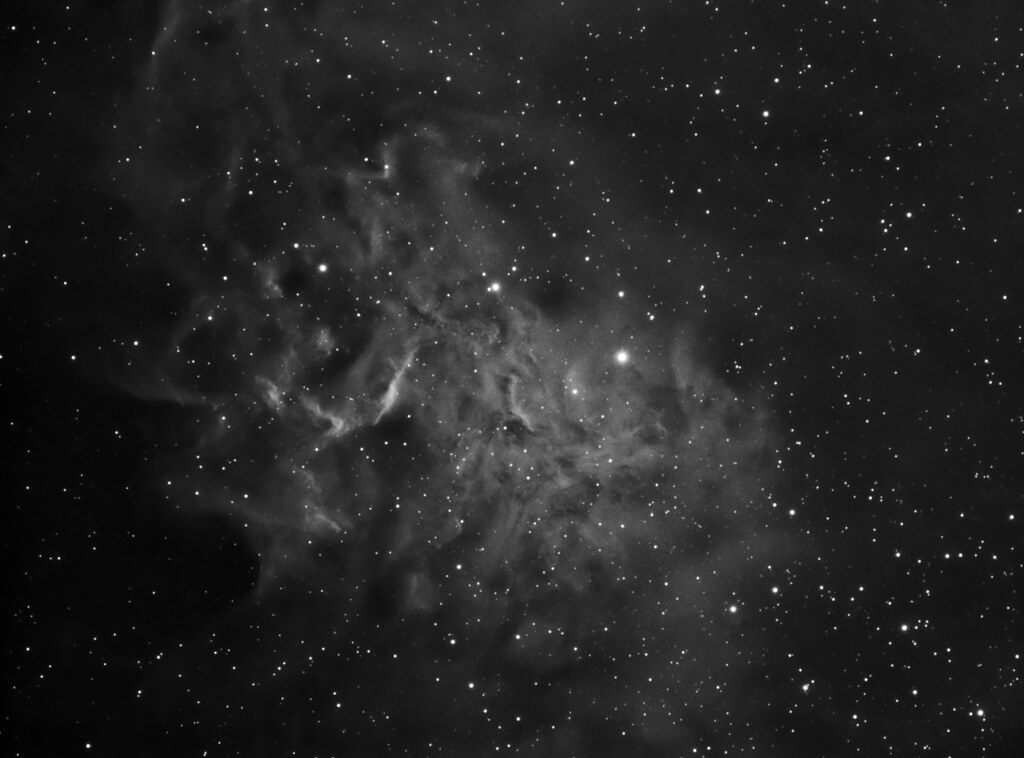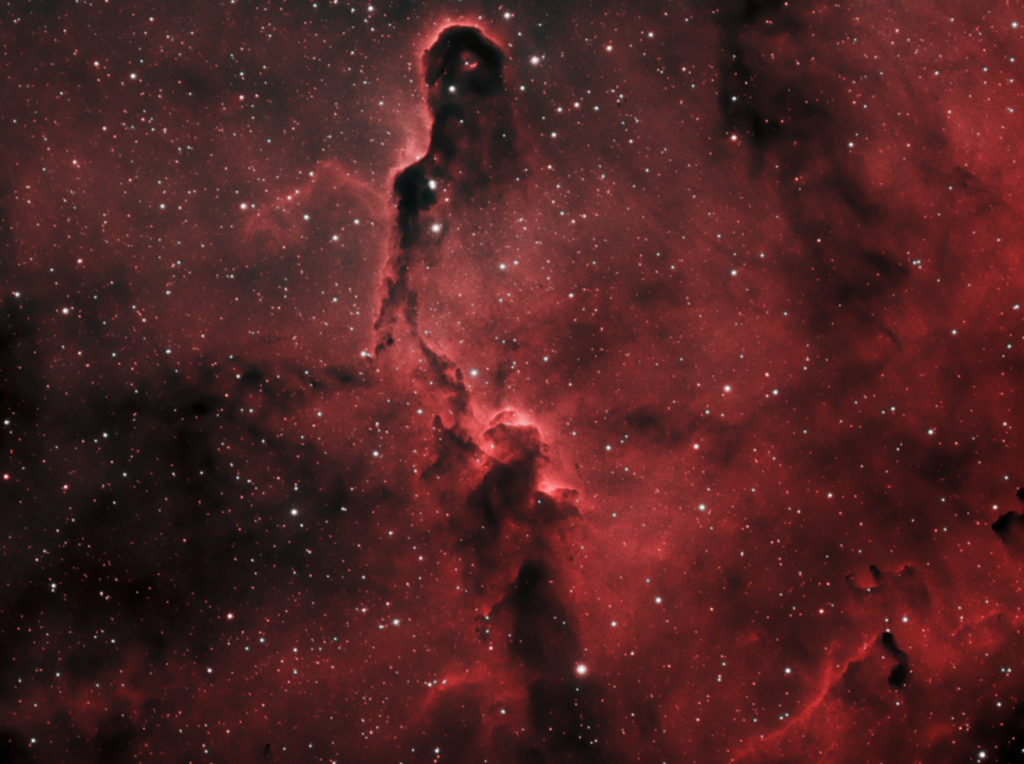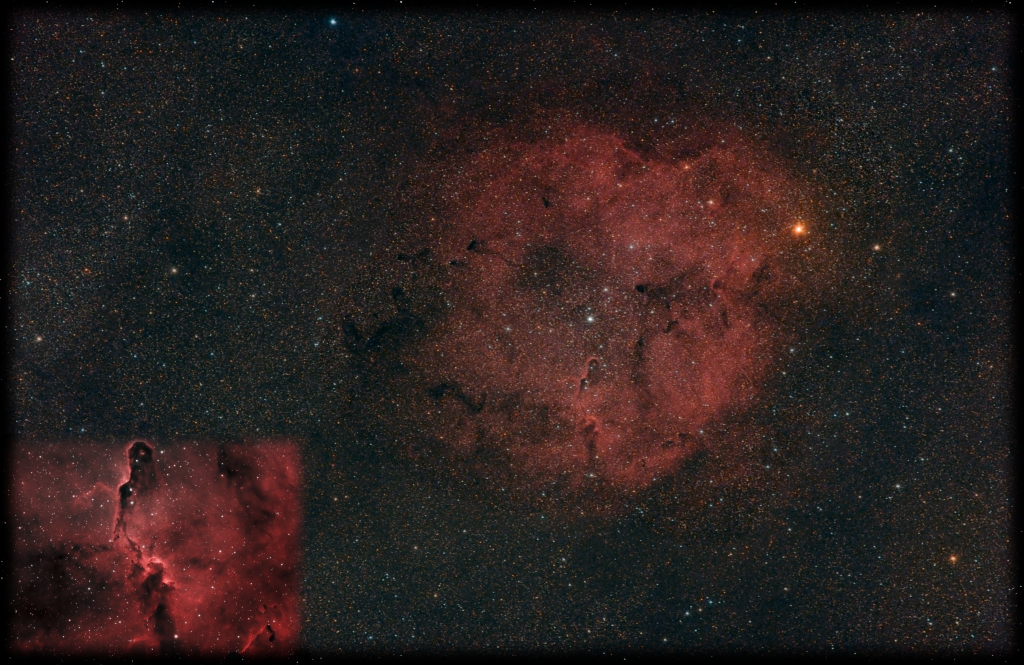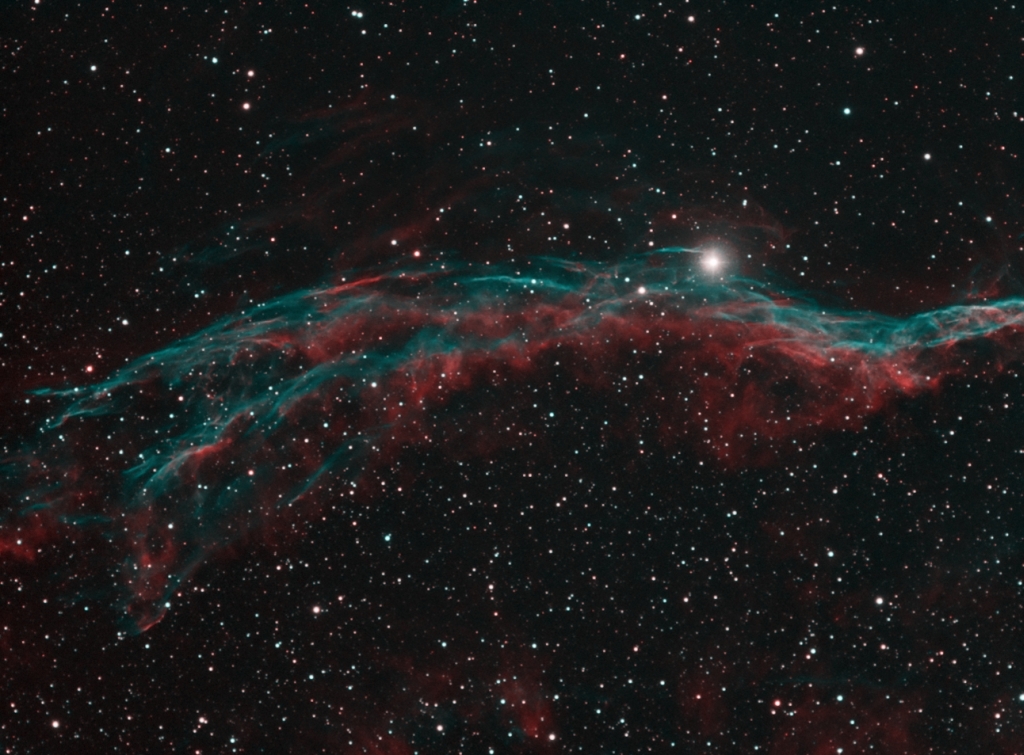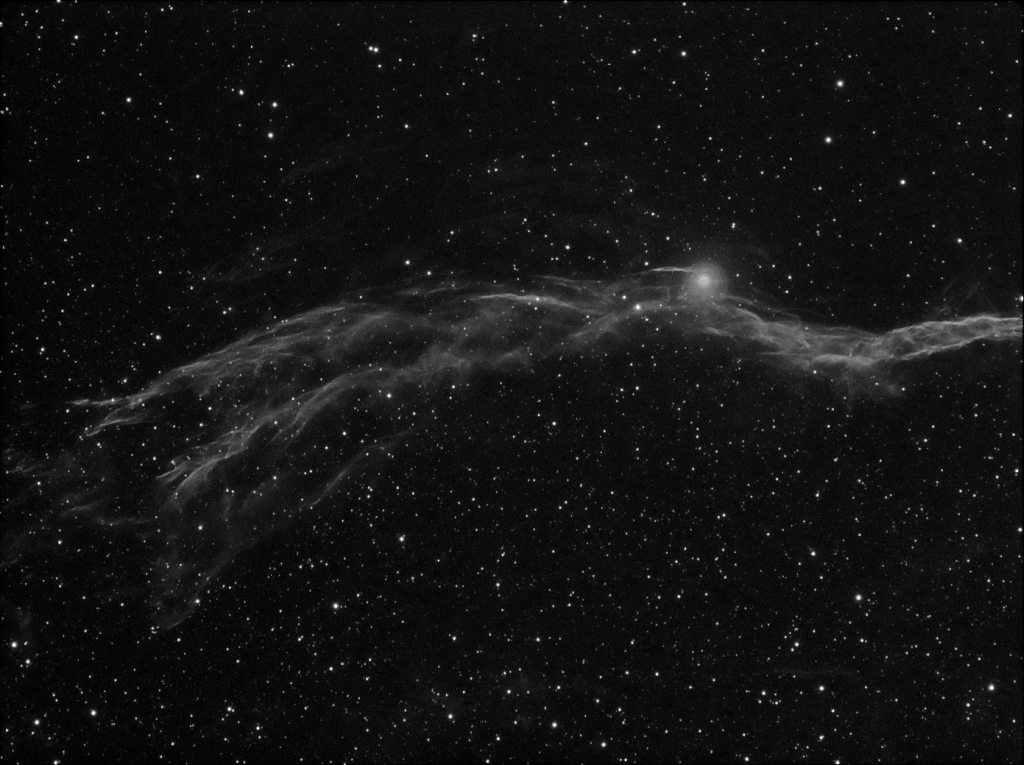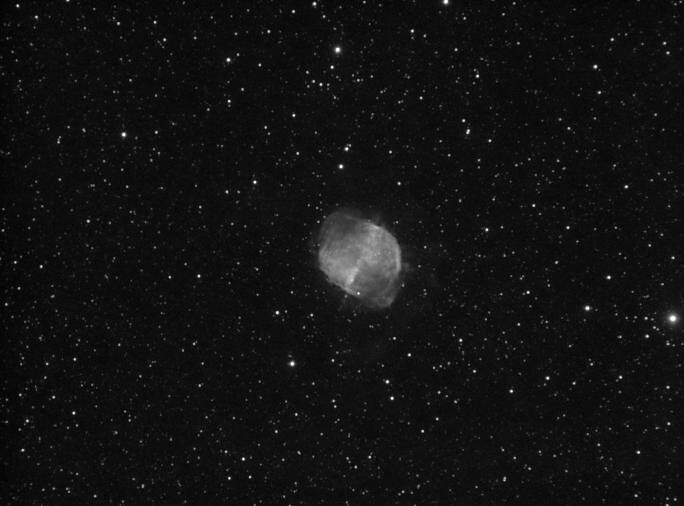With the observatory complete and the Moon high in the sky last night was ideal to accurately polar align using the drift align method (explained below) and add align points to my EQmod pointing model. Lots of pointing and aligning involved!
For an equatorial mount to track the stars correctly it's axis of rotation must be the same as the axis of rotation of the Earth, this is the point in the sky where the stars appear to rotate around during the night. Luckily, in the Northern hemisphere at least, there is a star (Polaris, the North Star) very near to this point in the sky. Polaris is, however, not exactly on the axis and for long exposure astrophotography the mount must be more accurately aligned than just pointing at Polaris using the polar scope.
A common method to achieve the required accuracy is drift alignment. This involves watching a star for a period of time (say 10-15mins) and seeing which way it drifts during the time, then correcting for it. When accurately polar aligned the star should not drift at all. It can be done manually using an eyepiece with a crosshair or can be 'automated' (apart from the manual adjustment required). Some people like to keep things simple and do it manually, I use a very nice freeware programme called EQAlign (
http://eqalign.net/e_eqalign.html). This software is compatible with many cameras (see website for a list) and can control ASCOM compatible mounts. It first measures the camera angle, picks suitable stars, moves the mount to the star(s) then measures the error. I find it straightforward to use and it means I can go and warm up inside while it does it's thing.
In long exposure images bad polar alignment may show up as trailing stars and/or image rotation between sub frames. This will degrade the quality of the final image and restricts the length of exposure possible. Guiding CANNOT correct for bad polar alignment.
Drift aligning does take a little while, depending how accurate you want or need it to be. The more times you repeat the drift align and leaving the star to drift for longer periods of time will both increase the polar alignment accuracy. If you don't have a permanent setup I would say don't bother (unless you get very quick at it) as it takes up precious imaging time (we don't get too much in the UK!) and in most cases, correctly using your mounts polar scope is enough. For visual work there is absolutely no need to drift align.
I'm now looking forward to the next clear night to try out longer (maybe 20min) subs (exposures) and see if accurate polar alignment will smooth out the guiding.....
Feel free to leave a comment and ask questions below








